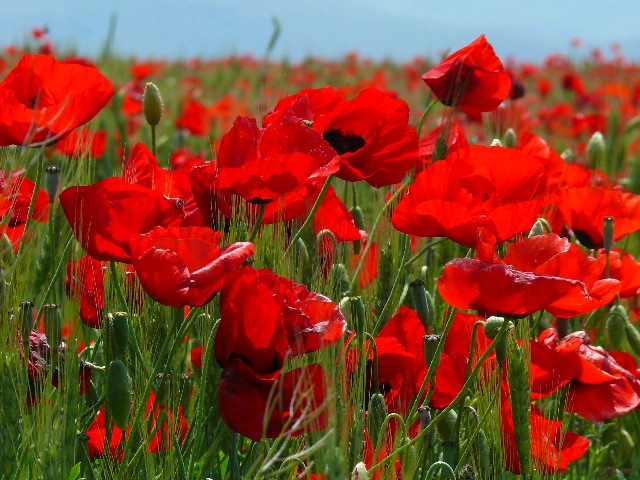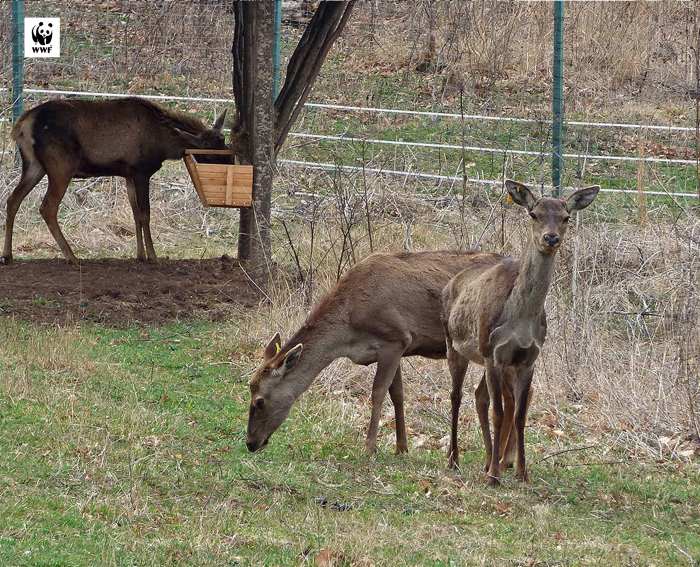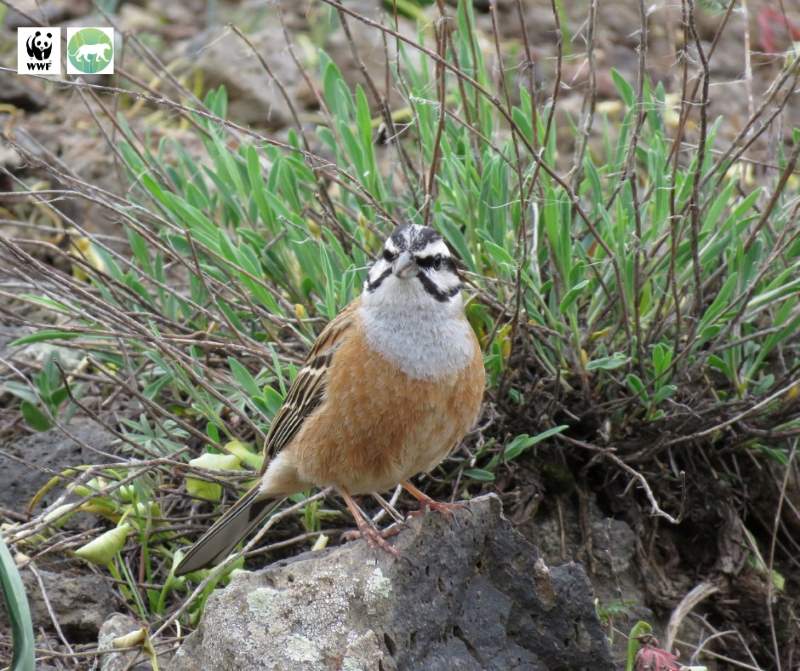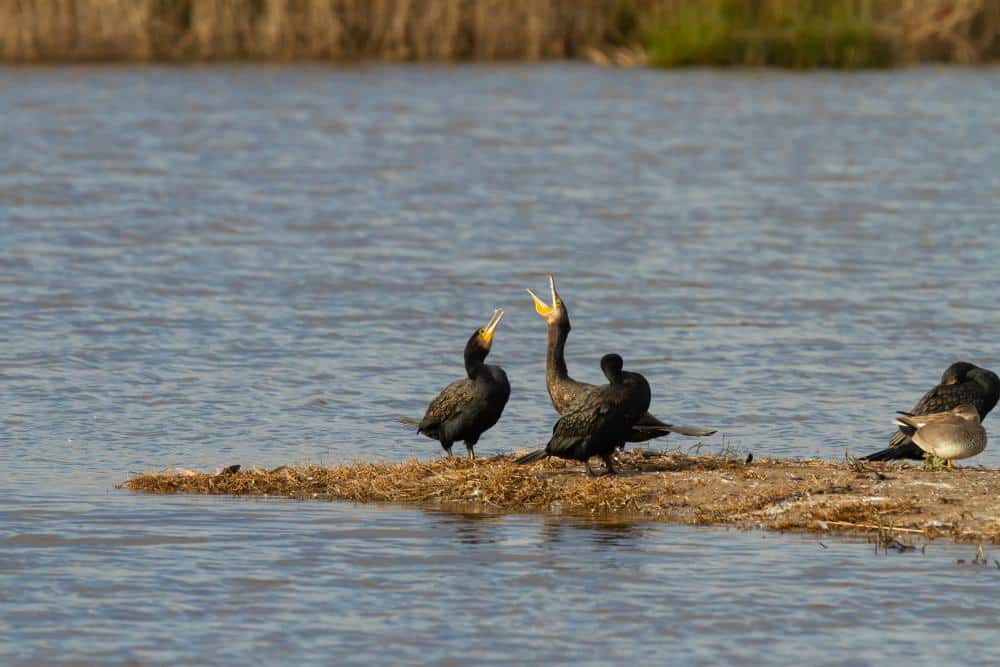
Armenia is a small country that is home to a wide variety of flora and fauna. Whether you are a nature enthusiast, or simply seeking an adventure, Armenia’s national parks offer an experience of biodiversity and conservation.
There are 4 national parks in Armenia – Dilijan National Park, Sevan National Park, Lake Arpi National Park, and Arevik National Park, that are home to many animals and rich flora. Some of the animal species are endangered or on the brink of extinction. This is the reason the World Wide Fund for Nature started operating in Armenia in 2002. The organization is working on the conservation of endangered species such as the Caucasian Leopard.
The beauty of Armenia’s nature and wildlife contributes to ecotourism development. Hiking and trekking through national parks and birdwatching are becoming more popular every year. This is also a viable means of developing local communities and opening jobs in the regions. So, if you plan to explore Armenia’s rich biodiversity, stay tuned to discover some intriguing facts about the country’s wildlife.
Endangered Species

Armenia is a small but ecologically diverse country that is home to a number of endangered species that are battling for survival. To understand Armenia’s wildlife diversity, imagine there are 3,500 species of plants and over 17,500 species of animals.
The country together with WWF takes steps for the conservation of the Caucasian Leopard, Red Deer, and the Armenian Mouflon.
One of the programs is the reintroduction of the Caspian Red Deer to Armenia. A breeding center was established in the Dilijan National Park where 14 deer were brought from Iran. Extensive efforts included building enclosures, housing, and security measures. Thanks to the project, 21 fawns were born by 2022 and a phased release of deer into the wild is being conducted. The good news is that tourists can also visit the Center to feed the deer and learn more about their lives and habitat.
Unlike deer, meeting and feeding the Caucasian Leopard is not a good idea. However, you have to know that the Caucasian Leopard is a critically endangered species that was included in the Red Data Book in 1987. With only around 10 individuals remaining in Armenia, extensive conservation efforts have been undertaken by WWF. Luckily, some of them have been recently caught on camera.
The Armenian Mouflon is also listed in the Red Book of Armenia and the IUCN Red List. There are only 250-300 individuals in the country, most living in Vayots Dzor and Syunik provinces. The main causes of the extinction of endangered animals are poaching and mining.
Birdwatching in Armenia

Tourists are usually surprised to know that the country has over 350 bird species, some of which are unique to the region. Some unique species like the Armenian Gull and others can be observed near Lake Sevan.
In general, a popular birdwatching spot is the Ararat province where grebes, swans, and herons gather during mid-seasonal migrations. In the mountainous provinces of Vayots Dzor and Syunik, you can spot a wide variety of birds of prey and other species, from eagles to bee-eaters.
Armenia’s national parks are other excellent locations for bird enthusiasts, where you may encounter the Caucasian grouse, white-tailed eagle, and bearded vulture. Just an hour -drive from Yerevan and you can watch storks and their nests on the poles in Surenavan village.
Our recommendation is to choose a guided tour to ensure you will not miss any of Armenia’s wildlife treasures.
Best Places to See Wildlife

Armenia’s national parks offer a stunning diversity of landscapes and ecosystems and are ideal places to see the species of wildlife and vegetation and o. The protected areas in Armenia make up 13% of the country’s territory.
Arevik National Park: Established in 2009, it is the largest in Armenia and is the main habitat of the Caucasian Leopard. In addition to birds and animals, the park is renowned for its impressive array of butterfly species with around 150 living there. Here you can watch such birds as peregrine falcon, and golden eagle.
Dilijan National Park: The smallest yet the oldest national park is located in picturesque Tavush Province. It is home to mineral water springs and pristine forests with a rich diversity of flora and fauna. Another reason to visit is the presence of cultural landmarks such as Haghartsin and Goshavank monasteries.
Sevan National Park: This area spans approximately 342 kilometers in the Gegharkunik province. It is a popular birdwatching spot with up to 267 bird species. The park was founded in 1978 to safeguard fauna and flora with numerous species some of which are listed in the Red Book of Armenia.
Lake Arpi National Park: It covers 250 square kilometers and is located in the Shirak province. The primary goal of the park is to conserve the biodiversity and unique ecosystems combining sub-alpine meadows and mountains. It is home to over 194 bird species.
How to Find the Best Tour?

Exploring Armenia’s wildlife through a tour can be a thrilling adventure but finding the best one requires careful consideration of several factors.
First, conduct thorough research on travel agencies and pick the one that has great expertise and reviews. Some tour operators offer custom-made packages that align with your interests. You can pick several destinations or focus on one national park. The qualifications and experience of the guides and wildlife experts accompanying the tour are also essential. Knowledgeable guides can greatly enhance your experience. They provide valuable insights and also introduce you to the life of the local community.
Although Armenia tours are available for every season, try to plan your trip in advance. Travel agencies focusing on ecotours will give recommendations about what is the best time for birdwatching or trekking. With the right tour, you can witness the incredible biodiversity that Armenia has to offer.
